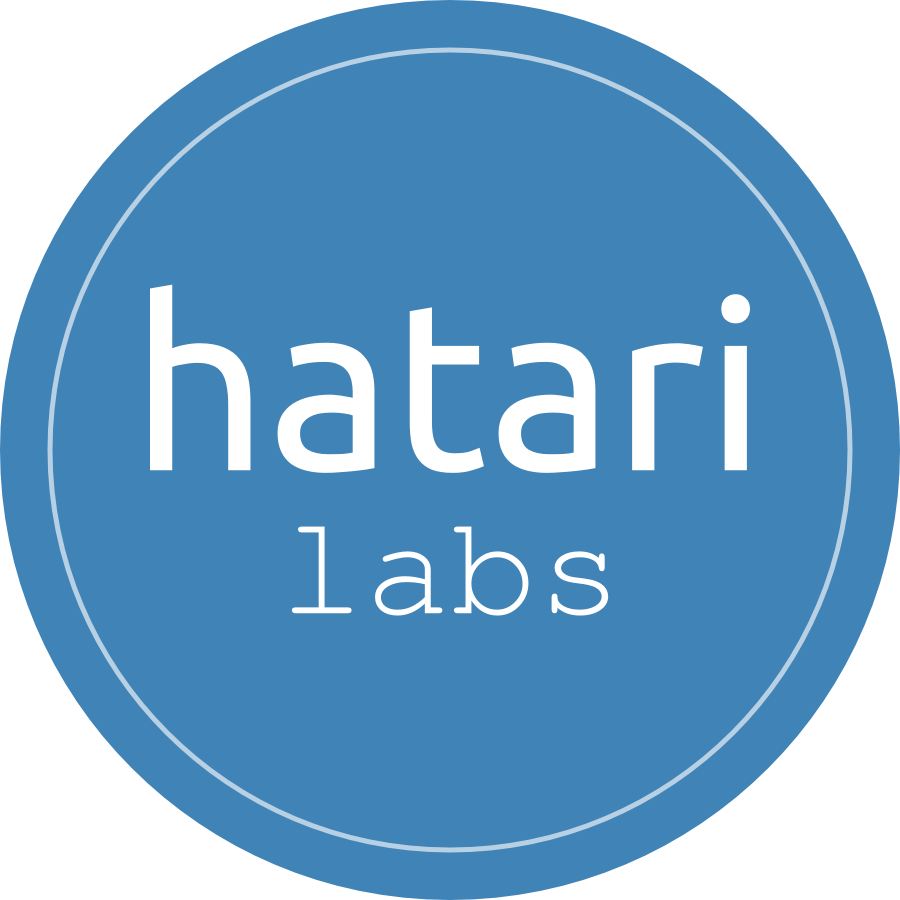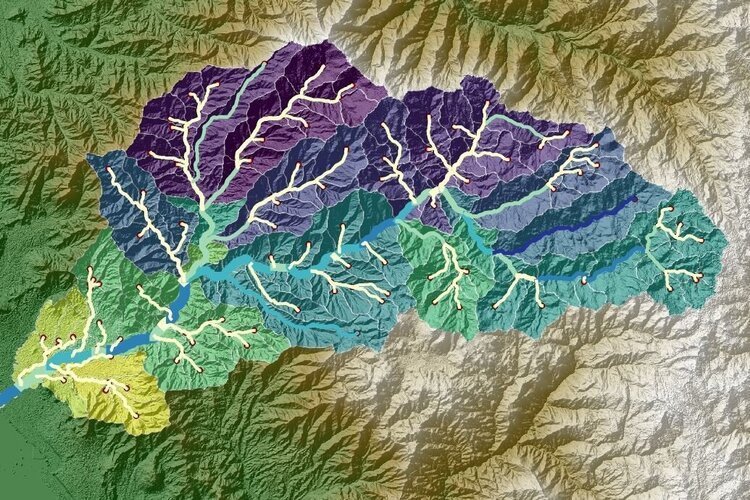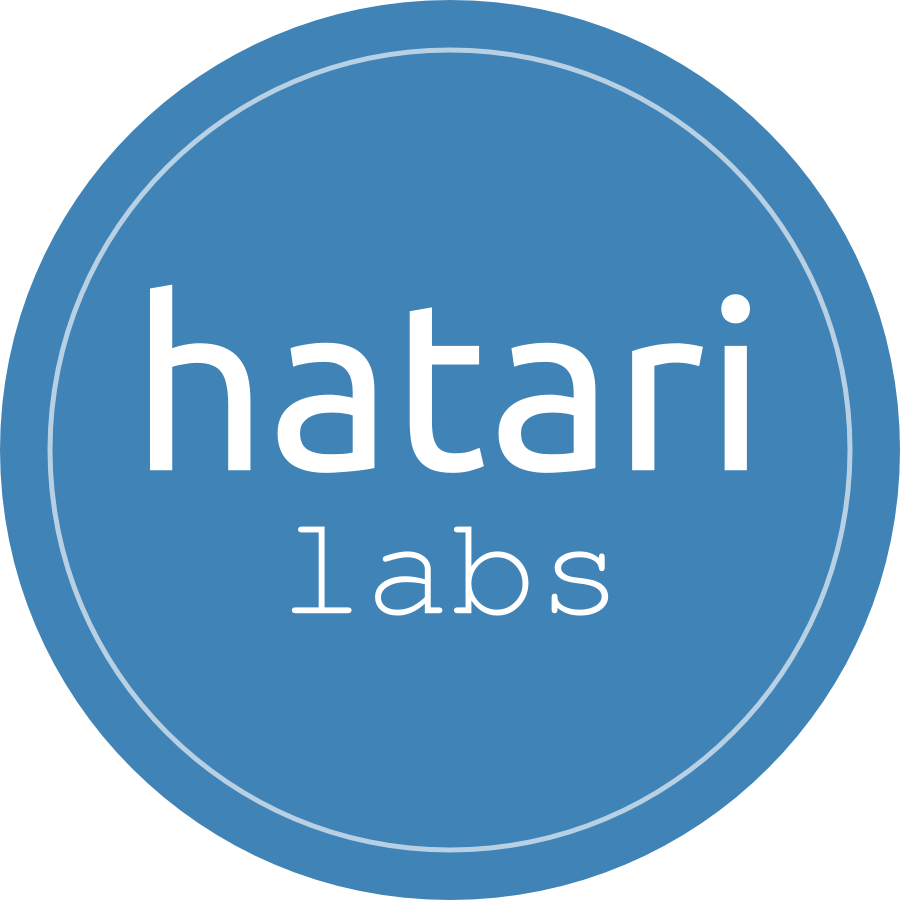What we dont see in the development of open source software for groundwater modeling
/Usually we dedicate much time to developing tutorials and sometimes, just a few times, we actually write an article on this blog. Lately, our aim to discover and code is much greater than our impulse to give our opinion. This post is a special case where we write something without knowing if it is written because we are motivated or because there is something that needs to be written. In any case, writing this post doesn’t make us more free or happy... “Es macht uns nicht mehr zufrieden”... because we don´t know much about some things related to human nature.
Read More























